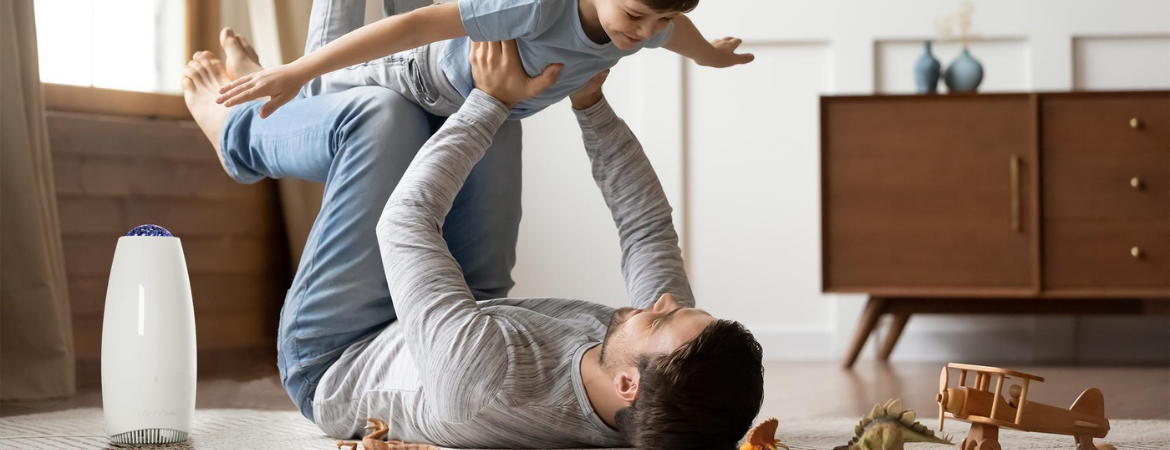
How Can Air Purifiers Help With Allergies, Asthma, and Airborne Irritants?

Do air purifiers help with allergies? If you have allergic asthma, dust-mite allergy or a constantly runny nose, an air purifier can feel like that literal breath of fresh air.
Air purifiers are designed to clean the air in our homes by filtering out pollutants, viruses and airborne irritants that are responsible for allergies.
When we breathe, these particles in our indoor spaces can make their way to our bodies, thereby resulting in sneezing, asthma and other health issues. Today, we take a look at how clinical-grade air purifiers can help those of us with allergies and change the air in our homes, for the better.
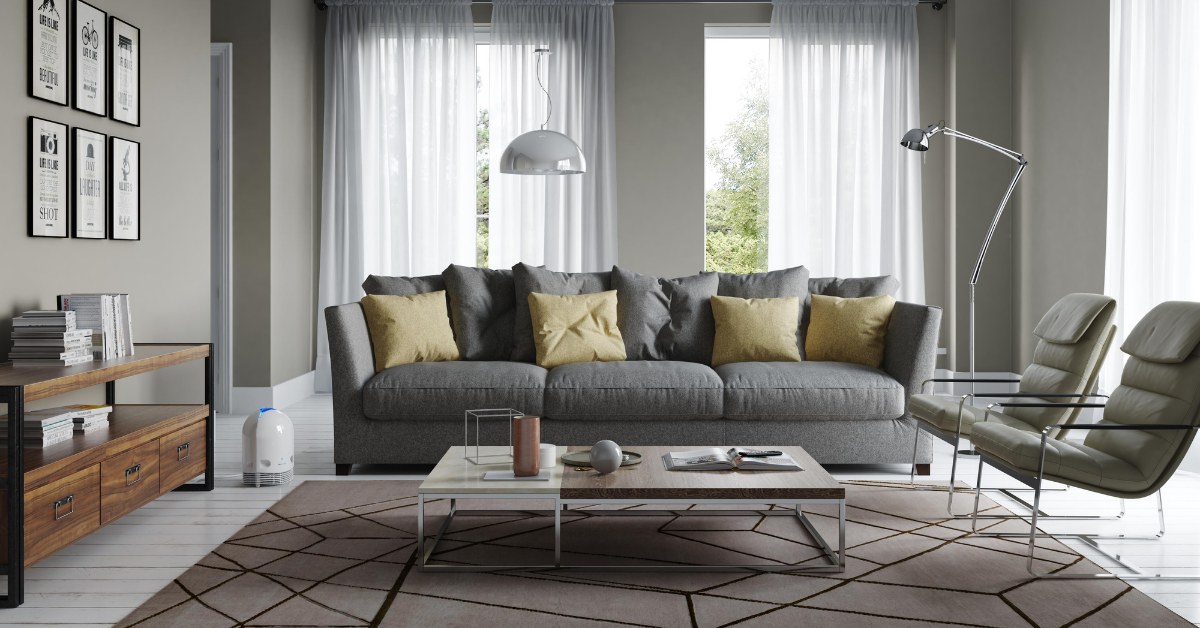
What is an Air Purifier?
An air purifier is a device that filters out tiny particles of pollutants from your air. Typically, the air is sucked into the device and then passed through a number of filters that capture pollen, pet dander, dust or smoke and circulated back as clean air into the room. Most air purifiers rely on HEPA filters designed to capture airborne microorganisms. In order to remain completely effective, these need to be cleaned or replaced often.
There are also filter-less brands such as Airfree that use patented heat sterilization technology to destroy bacteria in the air instead of trapping them in an air filter. This makes them maintenance-free too, enabling them to operate continuously without getting clogged due to the absence of air filters.

Airborne Allergens in Singapore
Did you know that indoor air quality is just as important as what you breathe outdoors? Some even suggest that indoor air levels of many pollutants may be 2-10 times higher than those found outside. While the air outdoors can contain pollution, the air in your living area can be rife with allergens, pollutants and viruses. Living in a humid climate like Singapore can also encourage allergens like dust mites and mould to thrive.
Whether it's to dust mites, pollen, pet dander or mould, you will find air-borne allergies a common phenomenon in Singapore.
a) Dust Mites
As one of the most common triggers for Allergic Rhinitis in Singapore, dust mite allergies occur when you are exposed to mites or extremely tiny bugs that live in house dust. Symptoms can vary from sneezing to itchy eyes or a congested nose. Those with asthma may even suffer from other severe symptoms like wheezing or asthma attacks. While air purifiers can help filter-out dust mites that are suspended in the air, make note that these will not remove mites hiding in your furniture such as beds and mattresses.
In order to protect yourself from dust mites, make sure to frequently wash your bedsheets, remove any soft toys or plushies from your child’s room and also invest in an effective vacuum cleaner and dust-mite proof bedding.
b) Pollen
A very common trigger around the world, pollen also affects a large population in Singapore, especially young children. The symptoms are often similar to dust mite allergy and can trigger cold-like reactions. Air purifiers with a HEPA filter are effective in trapping pollen and keeping your indoor air clean.
c) Mould
Most people think they don’t have mould in their homes or offices, but this is a sneaky allergen that often escapes the naked eye. Air conditioner units can harbour mould, as can walls, furniture and furnishings.
A mould allergy is triggered when you inhale spores and can lead to reactions such as rash, wheezing, itchy eyes or a persistent cough. Make sure to keep your space well ventilated and clean the first visible signs of mould, bathrooms and kitchen cabinets included.
d) Pet dander
Think your pet’s hair is causing you to sneeze? Contrary to popular belief, allergies from pets are triggered by pet dander or tiny skin particles found in indoor areas, pet saliva and urine.
One of the ways you can alleviate your allergies is by giving your pet a bath often. You can also benefit from a high-quality air purifier, and by keeping your space well ventilated.
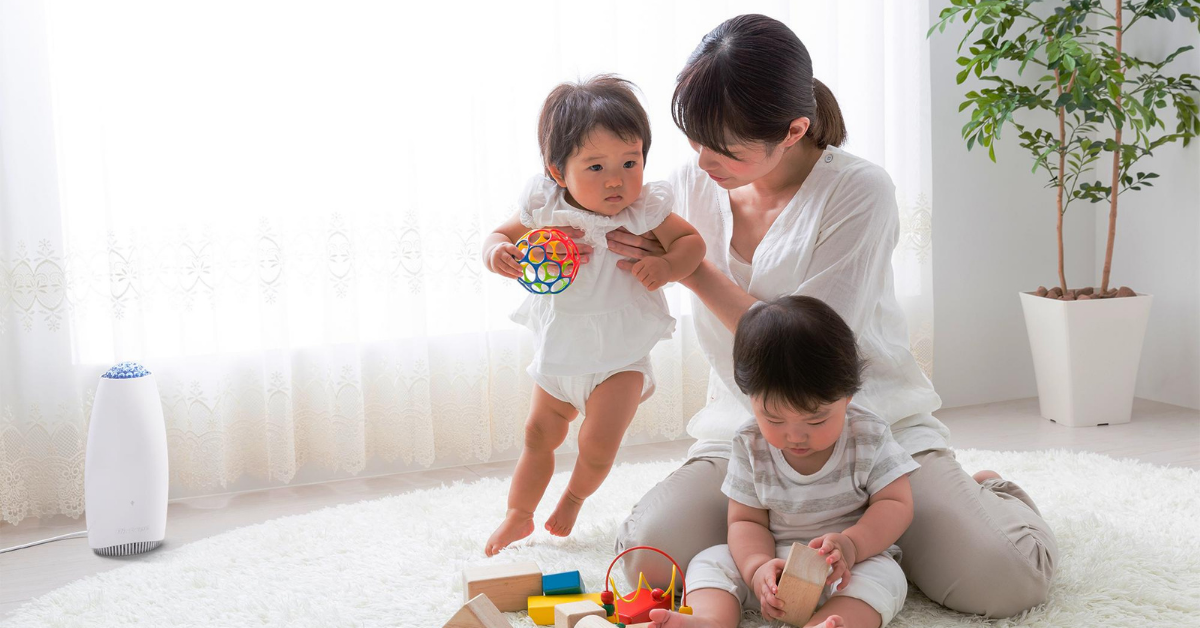
How To Buy The Right Air Purifier For Your Allergies
Whether it's seasonal allergens like pollen you suffer from or are looking to avoid household dust mites, an air purifier can help clean your indoor air and alleviate your symptoms. Here are some pointers to keep in mind when buying an air purifier for your home or office.
1) Filtration
Air purifiers come in a range of shapes, sizes and costs and you can buy one most suitable to your needs. For the allergy-prone, it is best to get an air purifier or air steriliser that includes a HEPA filter to keep most allergens at bay. However, for particles smaller than 0.3 micrometres, HEPA technology also has its limitations. You will also need to consider the cost of changing these filters frequently as well as the general maintenance of your device.
We recommend an easy to maintain air purifier like the Airfree. Tested and approved by the best institutes worldwide, Airfree eliminates any air-borne microorganisms through an exclusive technology, without damaging the environment or causing any noise pollution at all. In fact, Airfree was conceptualized due to the founder's concerns over his son's allergy attacks.
Airfree destroys the allergenic causes of the main respiratory diseases and allergies such as asthma, rhinitis and bronchitis. Furthermore, Airfree is highly economical and requires neither maintenance nor the changing of filters and uses less energy than a standard 60-watt bulb!
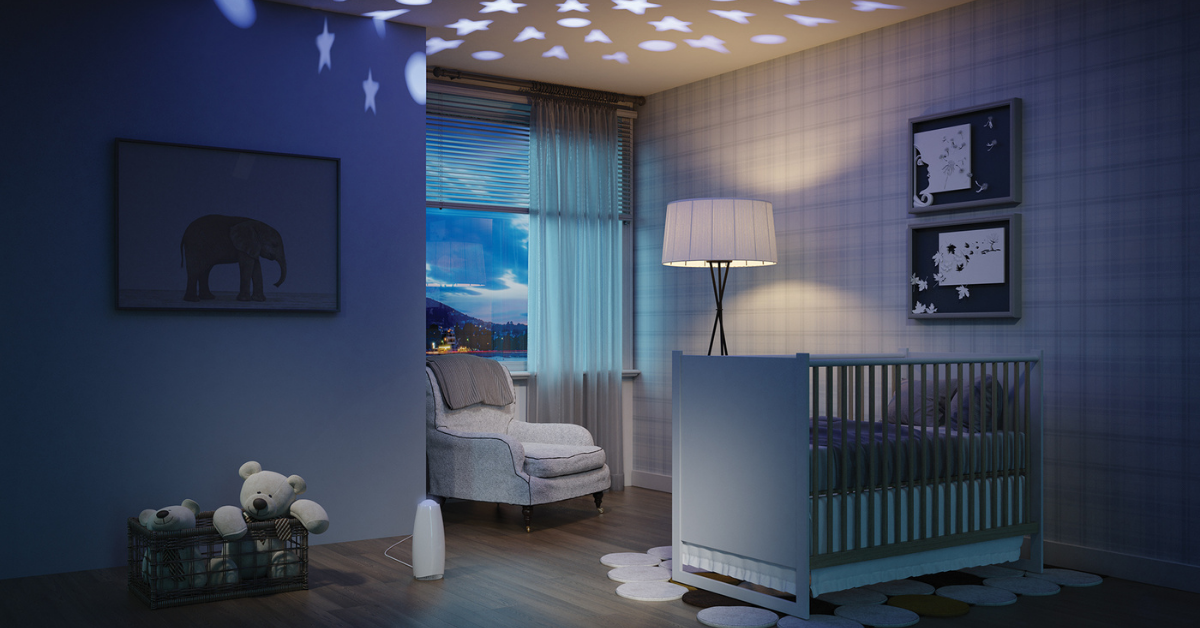
2) Noise levels
Remember that an air purifier should not be just for use during the day. Plenty of people have benefitted from using an air purifier while sleeping - babies included!
Most air purifiers operate via a motor fan to draw in bacteria from the air and pass through a HEPA Filter. This often creates unwanted noise in ambient conditions like nighttime. Airfree air purifiers on the other hand are completely silent.
Their range of air sterilisers and purifier products can be used across a variety of room sizes and provide plenty of other uses such as a night projector light for your baby’s room!
The Babyair series cleans the air in your nursery and includes a nightlight projection to lull your precious ones to sleep.
3) Odour removal
Indoor pollutants can also be accompanied by an unwanted odour, especially in the case of mould or cigarette smoke. This is where an air purifier that goes beyond just cleaning your air, can serve useful.
Airfree's TSS technology has been independently tested by research institutions and labs across the globe and has been found to effectively eliminate 99.99% of mould, pollen, dust mites, bacteria, pet dander AND organic odour. The Airfree Duo allows you to turn on an odour-removing function that gets rid of the smell of cigarette smoke, cooking and more. It also avoids the growth of mould and mildew ensuring your surroundings remain clean, fresh and smelling great.
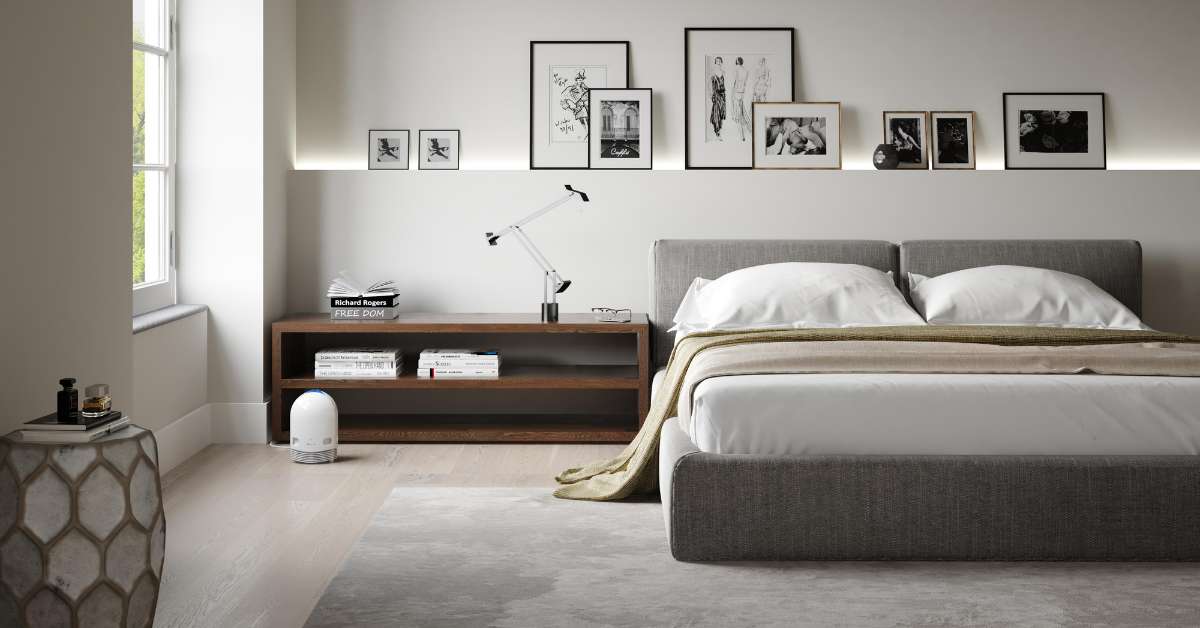
4) Size and design
Gone are the days of bulky air purifiers! Modern air purification devices are made with compact living spaces in mind and are suitable for any decor style.
The Airfree Tulip Air Purifier offers a slim and sleek design, without taking up much space in your home and will fit into any décor.
The ideal solution for compact spaces, combining design and wellness, is a powerful air purifier despite its size. Not just that, while it purifies the air, the Airfree Tulip emits different coloured lights that help to create welcoming and inspiring environments that improve your well-being and comfort.
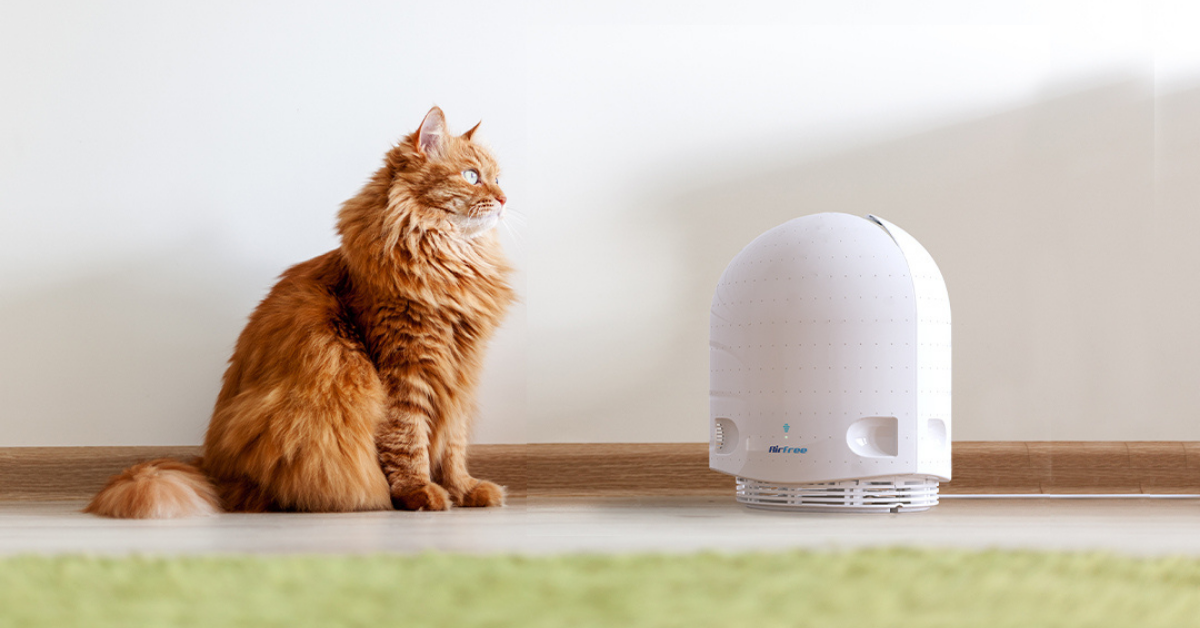
What else can you do to alleviate airborne allergies?
Besides using an air purifier, there are a few other ways you can reduce allergens in your indoor space.
1) Invest in a good vacuum cleaner
While your air may be cleaner with an air-purifying device, you can also benefit from a quality vacuum cleaner to clean your sofa, beds, floors and other surfaces.
2) Air your living area
As often as you can, ensure that your room and home are well-ventilated. Allergens can easily travel through the air and build up in enclosed spaces which is why having good ventilation stops them from accumulating inside.
3) Keep your bedding clean and often
As much as you like snuggling into your bed, it's a haven for dust mites! Buy good quality dust-mite resistant pillowcases and also switch up your pillows as often as possible. Wash sheets, pillowcases and blankets at least once a week. Don’t forget to remove and wash comforters as well.
For your mattress, buy an anti-dust-mite mattress cover and steer clear of headboards that are made of fabric.
4) Flooring and curtains
Try and remove all carpeting and stick to washable rugs. Any other carpets should be vacuumed on a weekly basis and sent for shampooing frequently.
Use curtains that are washable or lose the excess fabric and embrace washable blinds instead.
5) Toys and more
Remember that clutter invites dust. Avoid keeping stuffed plushies in your bedroom and put toys like LEGO blocks in covered plastic cartons so they do not accumulate dust. Curios, tabletop decor, books and magazines, too should be kept in closets with doors.
While living with allergies is hard, there’s plenty we can do to ensure our homes and commons spaces carry as few allergens as possible. Follow the above tips and invest in a high-quality air purifier to breathe and sleep better.
Here’s to living a life with cleaner, fresher air all year round!
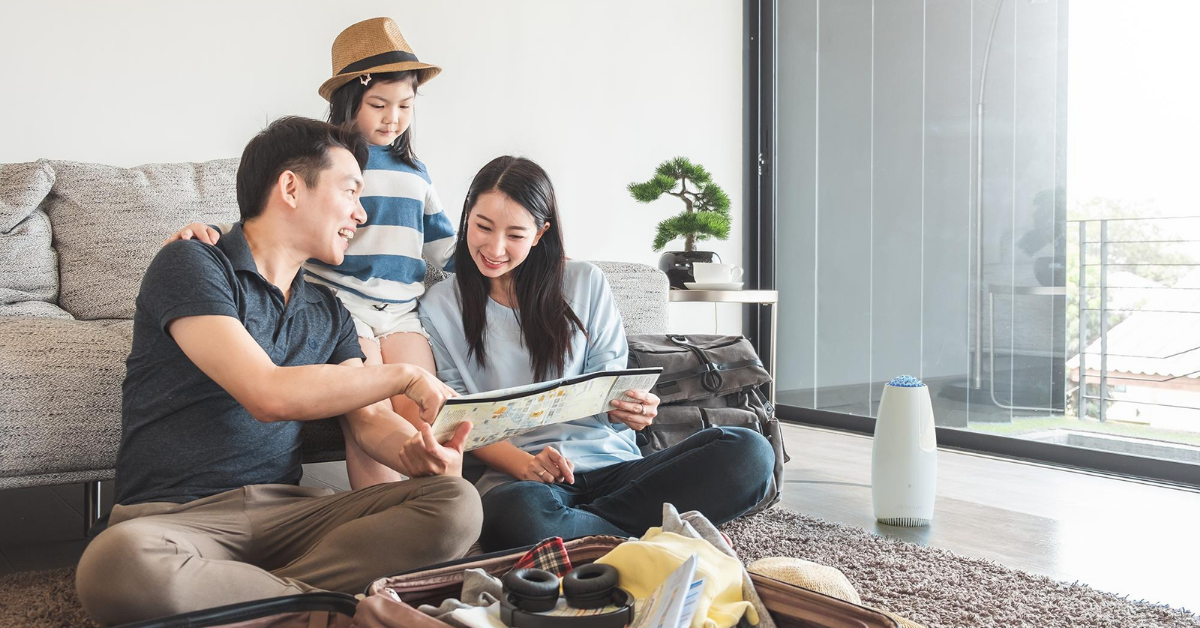
About Airfree
A 100% Portuguese company, Airfree is present in more than 60 countries, bringing quality air to homes, hospitals, schools, hotels, museums and aviaries, as well as historic buildings. Airfree combines the best technology and design to deliver a range of air purifying devices so you too can live and breathe better.
Note: Air purifiers are not a replacement for medical treatments for allergies and asthma. Always, check with your doctor on the prescribed route to managing your allergies.
Natasha Tulsi

Natasha is the Editorial Director at Vanilla Luxury Magazine, and the person to message(never call!) for skincare finds, travel inspo, and gift ideas for kids. With over 15 years of experience as a marketing strategist, this mum of two is navigating pre-teen slang, alongside a constant search for under-the-radar jasmine scents and the next story worth telling. She’s the one to contact when your brand needs more than just a name-drop.
Reach her via email or her occasionally-updated Instagram @sonattymama.
Natasha Tulsi More articles by this author












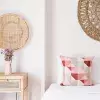
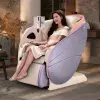












 Home
Home About Us
About Us